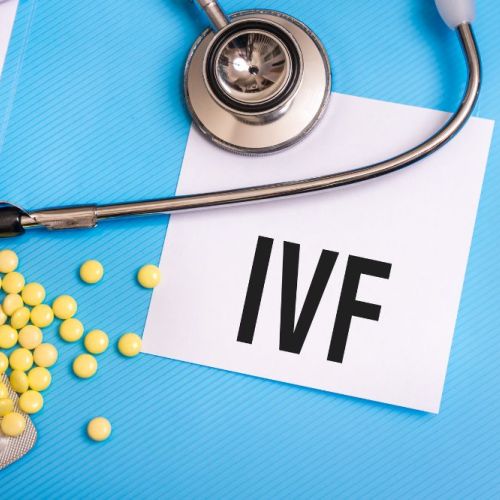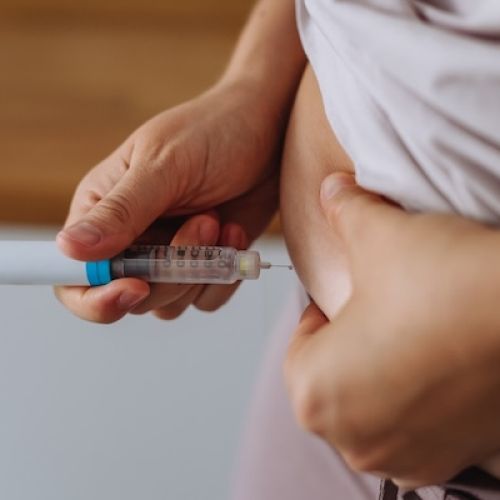Embryo Transfer: All Your Questions Answered

As the last step of the IVF process, embryo transfer is a quick procedure with one simple objective: a successful pregnancy. Although most couples are excited and hopeful, many are also a bit nervous and unsure of what to expect.
If you’ve been scheduled for an embryo transfer, here’s everything you need to know about the timing of your procedure, the process itself, and what comes afterward.
Embryo transfer timing
The embryo transfer process usually takes place five to six days after the egg retrieval procedure. During that waiting period, the eggs are mixed with sperm for fertilization and the resulting pre-embryos are cultured in a controlled environment for three to five days.
Although it’s possible to transfer pre-embryos as soon as they reach the two-cell stage, it can be beneficial to wait a little longer, until they’ve reached the blastocyst stage. This stage, which occurs around the fifth day of in-lab culturing, means they’ve gone through a period of rapid cell division and now have 200-300 cells.
Waiting until your embryos have reached the blastocyst stage also allows enough time to check for genetic abnormalities with preimplantation genetic screening (PGS) tests.
Embryo transfer process
Many women are happy to learn that the embryo transfer process is simpler than the egg retrieval process, which is a minor surgical procedure that requires twilight anesthesia. Because you won’t need anesthesia for your embryo transfer, there are no food or drink restrictions the night before or day of your appointment.
The procedure itself is quick and fairly straightforward. After a series of verifications to ensure you receive the correct embryo, your embryo (or a predetermined number of embryos) is carefully loaded into one end of an ultra-fine, sterile transfer catheter; the other end is gently inserted through your vagina and cervix and into your uterus with the guidance of ultrasound imaging.
After the embryo is transferred from the catheter to your uterus, you rest on your back in the recovery room for a few hours. You can chat with your partner, read a book, watch television, or simply relax until you’re discharged.
Post-embryo transfer activity
Although you shouldn’t feel any pain following your embryo transfer, you may experience minor abdominal discomfort or a feeling of fullness in your lower abdomen, near your ovaries.
It’s a good idea to take it easy and avoid unnecessary stress in the days following your embryo transfer, but it’s also important to note that bed rest won’t increase your chances of becoming pregnant. After a couple of days, you can resume your normal routine and move about freely.
Following your embryo transfer, you’ll continue to take supplemental progesterone, a hormone that both increases your chances of successful implantation and helps sustain pregnancy once it occurs. You can stop taking progesterone once your pregnancy is confirmed and your body is making enough on its own.
Finally — your pregnancy test
Although you may be watching for early signs and symptoms of pregnancy from the start, you won’t take a pregnancy test for 10 days. At that time, you’ll come back into our office and have a blood test, which is conclusive even in the early days.
If it’s positive, congratulations! The transfer was successful, and you’re pregnant. If it’s negative, don’t be discouraged — our team can walk you through your options and next steps.
At California Center for Reproductive Health, our IVF/embryo transfer success rates consistently beat the national average. Call today or schedule an appointment online at one of our clinics in Encino, West Hollywood, Monica, or Valencia, California.




